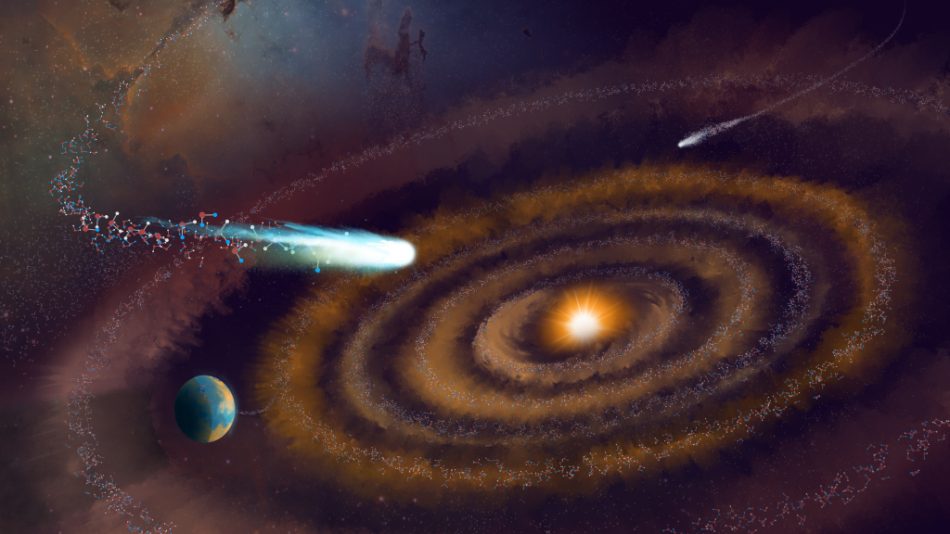
Astronomers have discovered traces of ancient “heavy water” around a young star, revealing that some of the water found in our Solar System and even on Earth could be older than the Sun itself.
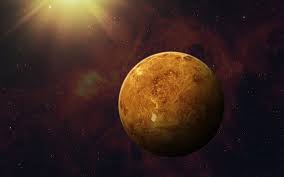
A team of astronomers has found that Venus has never been wet, despite decades of speculation that our closest planetary neighbour was once much more like Earth than it is today.
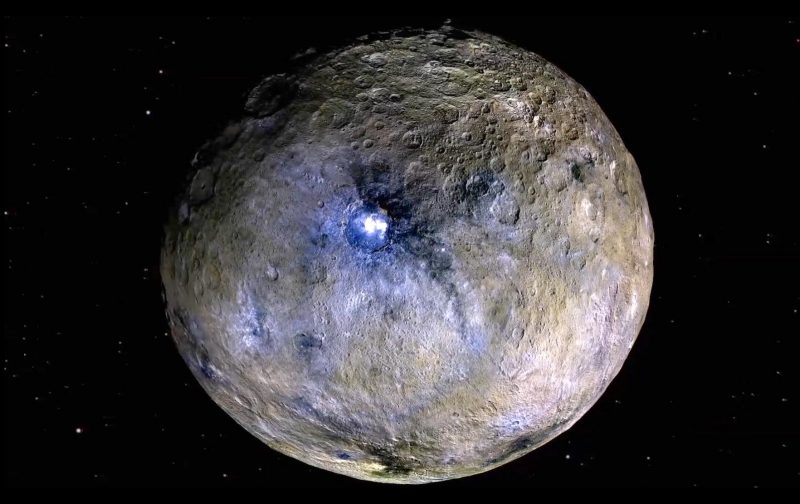
Ceres’ crust is probably made from 90% ice today. Using data from NASA’s Dawn mission, scientists found it was likely once a muddy ocean world.

This means that astronauts may not be tied to visiting the lunar south pole on future missions to acquire water. Instead, they may be able to find water everywhere on the Moon.
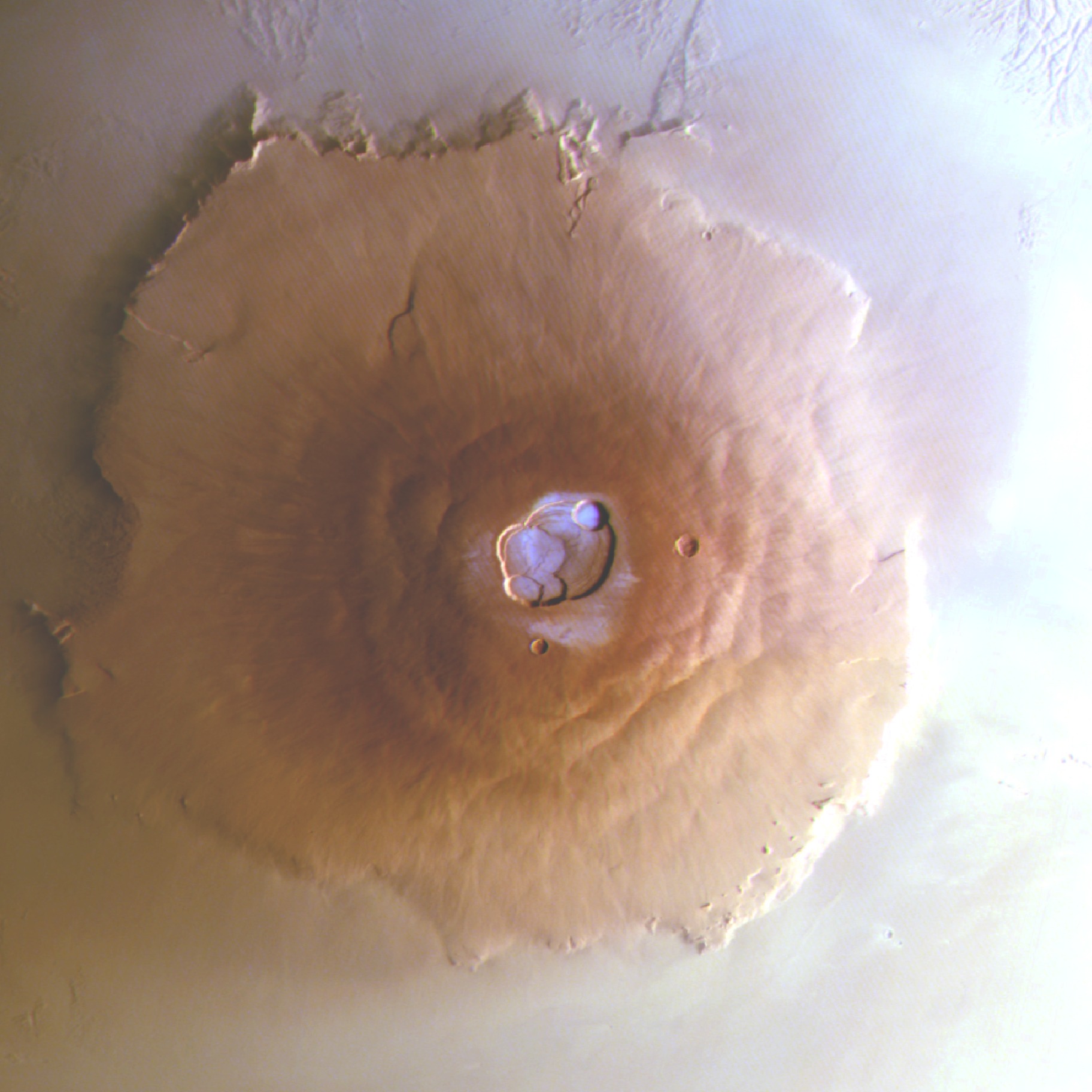
Morning images show frost briefly coating at least four colossal volcanoes: Olympus Mons, Arsia Mons, Ascraeus Mons, and Ceraunius Tholus.
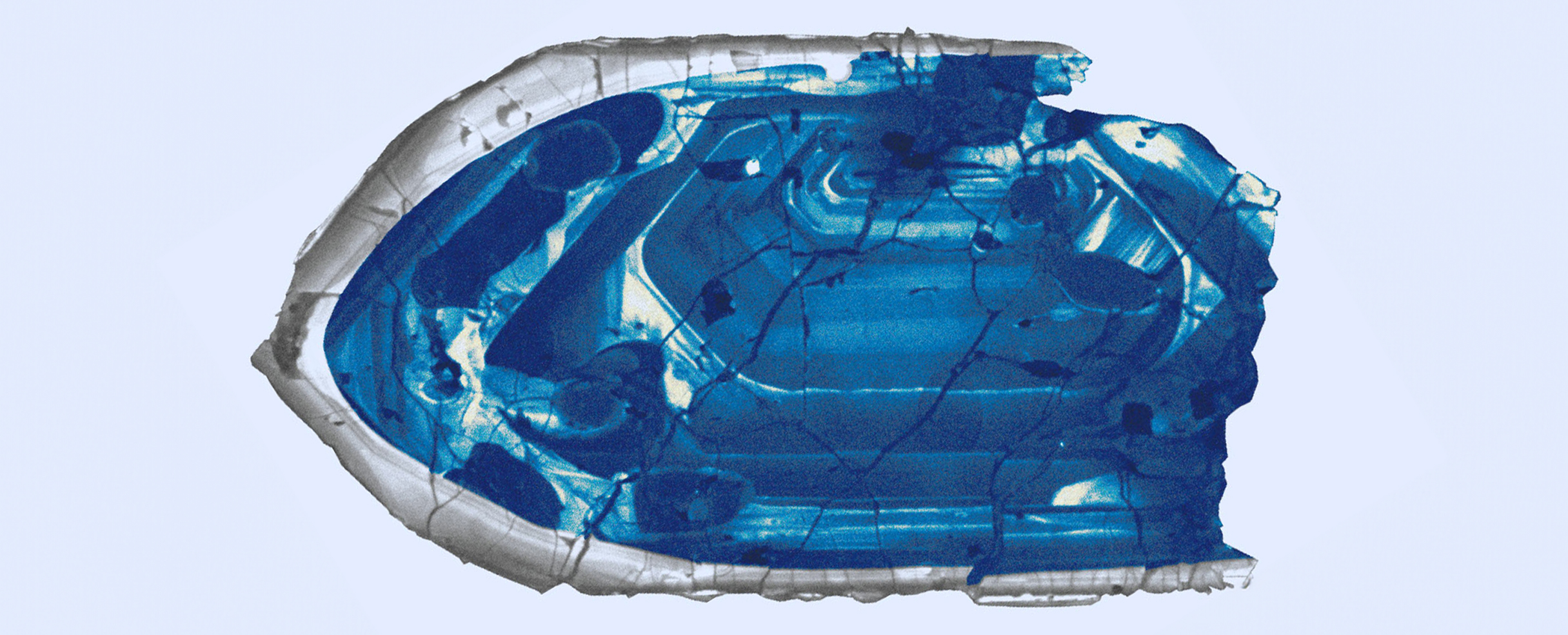
New research finds Earth's surface was first sprinkled with fresh water some 4 billion years ago, a whole 500 million years earlier than previously thought.

The icy dwarf planets Eris and Makemake have surfaces bearing methane ice of unknown origin. The two planets may have warm oceans.

Scientists identified water on two main-belt asteroids, 7 Iris and 20 Massalia, using data from the now-defunct SOFIA airborne observatory.

Saturn's small, crater-covered moon Mimas may have a vast ocean under its thick icy surface, according to a new paper.

ESA's Mars Express has revisited one of Mars's most mysterious features to clarify its composition. Its findings suggest layers of water ice stretching several kilometers below ground—the most water ever found in this part of the planet.

New research shows the early lunar crust which makes up the surface of the Moon was considerably enriched in water more than 4 billion years ago, counter to previously held understanding.

According to a new analysis of lunar craters, these pocks and divots that mar and characterize the lunar surface are too young for the long-term retention of ancient reservoirs of water ice.

Hawaian researchers discovered that high energy electrons in Earth's plasma sheet are contributing to weathering processes on the moon's surface and the electrons may have aided the formation of water on the lunar surface.

This plume is larger than any previously observed on the moon and may contain the necessary chemicals for life coming from below its icy surface.

Scientists now believe Miranda and Ariel, the smallest and second-smallest of Uranus’s five major moons, could be expelling vapour plumes - which on other moons in the solar system are thought to come from subsurface oceans.